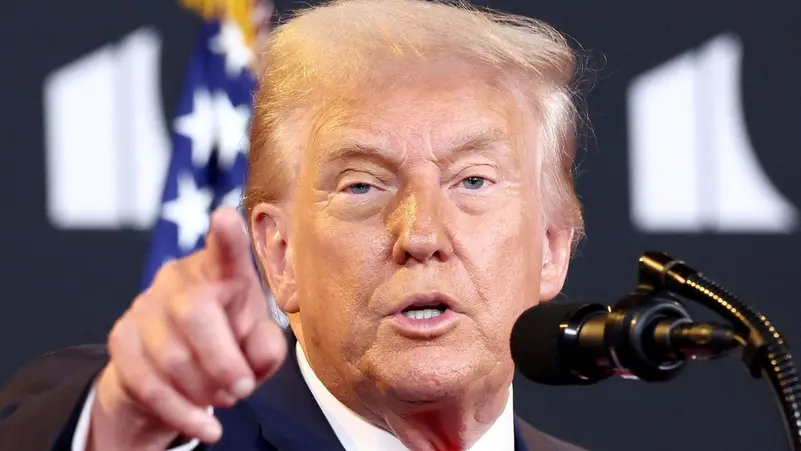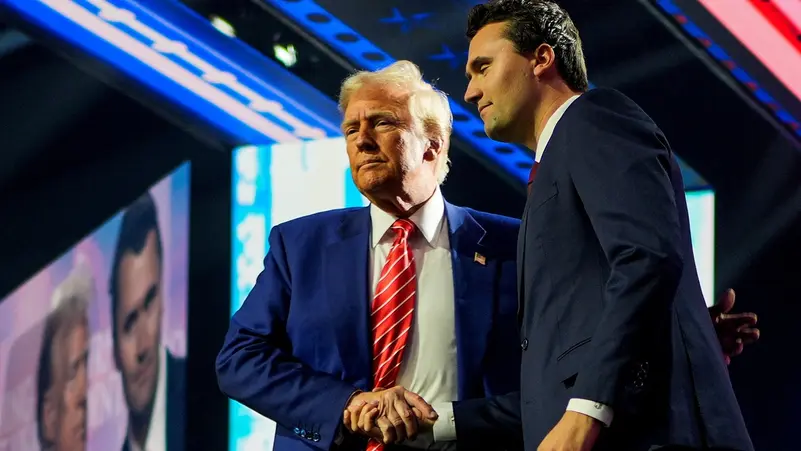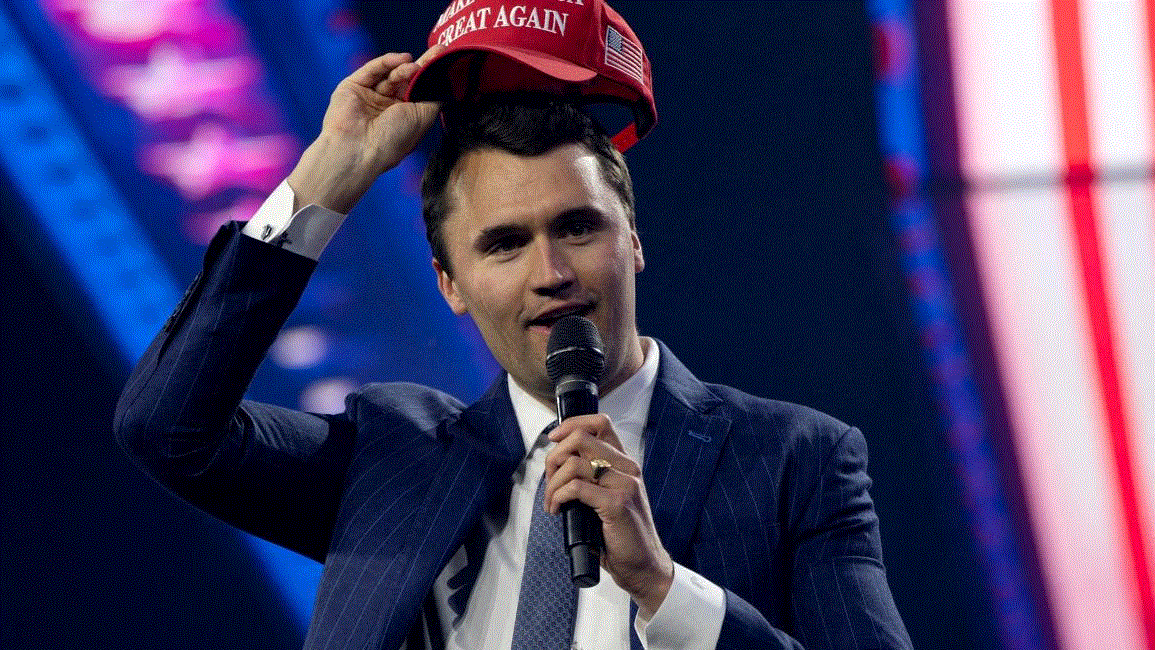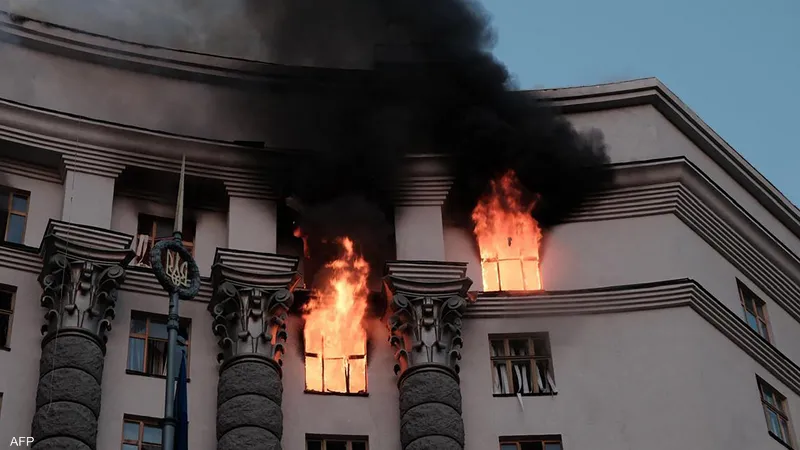Trump Escalates Trade War: India Faces New Tariffs Amid Russian Oil Controversy
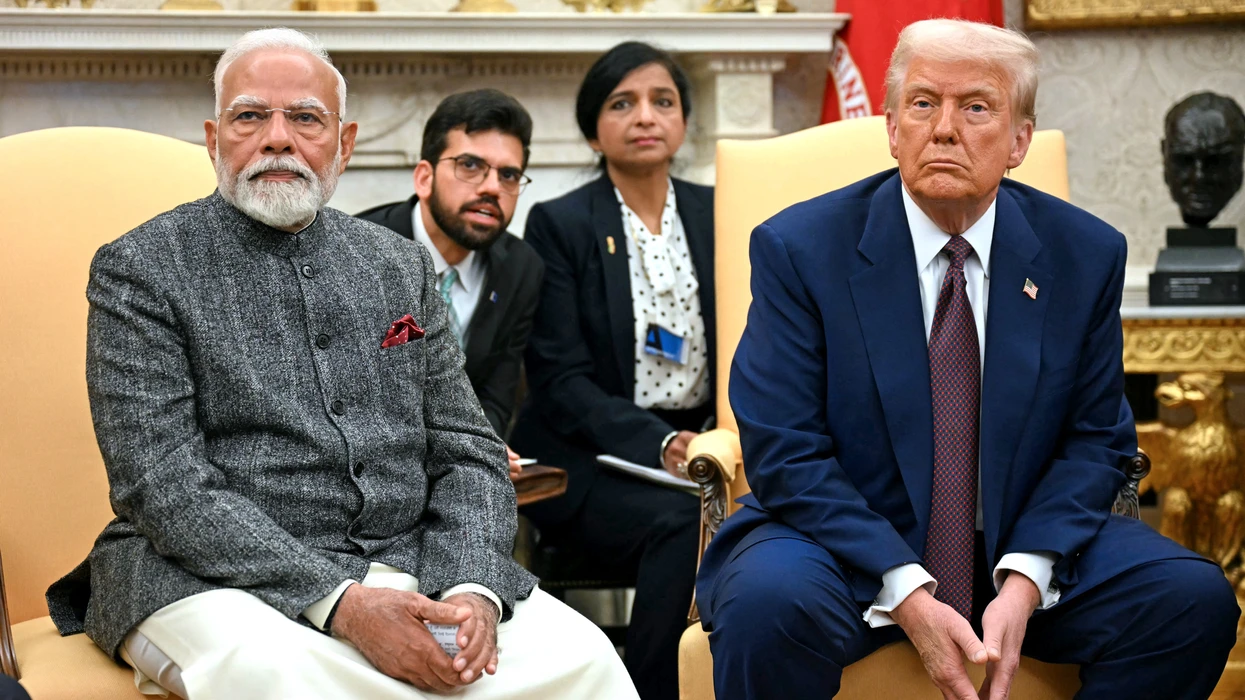
A Fallout Brewing in U.S.–India Relations In a major escalation of trade tensions, Trump has announced plans to significantly raise U.S. tariffs on Indian imports, citing New Delhi’s continued consumption of Russian oil. This move marks a sharp turn in U.S. foreign policy and economic diplomacy, as President Trump positions trade policy as a weapon of geopolitical influence.
Beginning August 7, India will face a 25% tariff on a wide range of goods—with potential additional penalties tied to its longstanding energy ties with Moscow.
1. The 25% Tariff and Secondary Penalties
In a Truth Social post, Trump stated:
“India is paying 25%, plus an extra penalty for buying Russian oil… they don’t care how many are dying in Ukraine.”
The tariff applies to imports worth approximately $87 billion annually. Additional “secondary penalties” are expected for countries that continue trading with Russia in sectors such as energy and military goods.
This announcement sent shockwaves through the market, affecting both export and import forecasts.
2. U.S. Strategy : Trade as Geopolitical Leverage
The trade action appears to be part of a broader strategy: induce change in India’s stance towards Moscow by hitting its economy. Analysts say this reflects a continuation of the TrumpNews focus on tough economic diplomacy.
The move also aligns with broader global pressure on countries to distance themselves from Russia unless it cooperates with Trump’s ceasefire deadline of August 8.
3. India’s Response: Defiant but Cautious
India’s Ministry of External Affairs rejected the tariffs as “unjustified” and accused the U.S. and EU of double standards, pointing out their own continued Russian trade.
New Delhi emphasized its energy choices are driven by domestic need and economic stability, and promised to protect its interests—including refusing an F‑35 jet deal and prioritizing domestic defense under the “Make in India” initiative.
4. Economic Repercussions and Sectoral Pain
Key export sectors vulnerable to tariffs include:
-
Apparel and textiles
-
Pharmaceuticals and gems
-
Specialty chemicals and auto components
Indian business leaders meanwhile express cautious optimism—viewing this as impetus to diversify trade toward EU and ASEAN markets, dampening reliance on the U.S.
Projections suggest the trade deficit could shift substantially, influencing price levels for U.S. consumers and potentially reshaping manufacturing supply chains.
5. Political Drama at Home and Abroad
Some U.S. officials praise the tariff as a bold statement of American strength, while others warn this could jeopardize a future U.S.–India trade agreement. Democratic members of Congress caution against unilateral trade escalation.
Meanwhile, prominent conservatives, including Marjorie Taylor Greene, have publicly broken from Trump—demanding renewed focus on visa restrictions and reduced military aid to Ukraine.
This new fissure highlights an emerging split within US conservative ideology over global strategy vs. domestic policy.
6. Global Reaction and Diplomatic Fallout
European leaders, already familiar with Trump’s trade tactics, are watching closely. India’s pivot away from the U.S. is expected to accelerate regional trade realignment.
Publicly, India’s nationalist elements are rallying behind economic self-reliance, while global investors remain wary of evolving volatility in bilateral relations.
7. Scenarios That Could Play Out
A. Negotiated Relief
Trump acknowledges India’s willingness to lower tariff barriers; talks resume with the potential for exemptions on key sectors.
B. Full Scale Escalation
Tariffs rise further, or penalties expand—prompting India to retaliate or pursue alternate alliances and global trade routes.
C. Diplomatic Realignment
Strained ties push New Delhi to deepen strategic partnerships with China, ASEAN, or EU to hedge economic risk.
8. Why This Matters
This crisis matters to Americans because:
-
It affects U.S. consumers (prices, supply chains)
-
It may stall U.S.–India trade agreements
-
It signals a sharper U.S. posture toward countries engaging with Ukraine‑related sanctions
-
It reveals internal U.S. political fractures over economic strategy
Within Washington, debate intensifies over whether trade should remain a tool of foreign policy—or exclude ideological warfare.
Trump, TrumpNews, BreakingNews, Fox, DonaldTrump, US, WhiteHouse, Washington, Politics, NewMedia, Market, Economy, FederalReserve, JeromePowell
